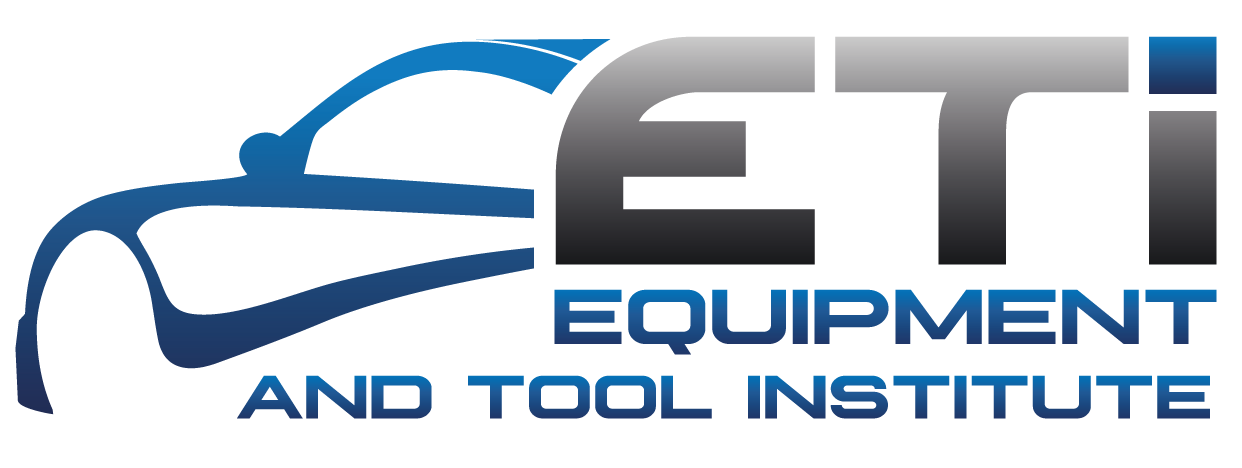 The Right to Repair Act and ETI
The Right to Repair Act and ETI
By Charlie Gorman
Massachusetts Governor Deval Patrick signed the Right to Repair bill (HB 4362) into law August 7, 2012. You will also hear this bill referred to as the Compromise Bill. The law takes effect in 45 days, including the provisions that are the most important to ETI members. Other provisions become effective in 2018.
So, what does all this mean to ETI members?
Scan Tool data Stream Info must be made available to third parties
It has always been difficult to get scan tool data stream information from some automakers, especially information pertaining to non-emission-related systems and modules. We should see this information free up to some extent. The new law states that this information must be provided.
“Each manufacturer shall provide diagnostic repair information to each aftermarket scan tool company and each third party service information provider with whom the manufacturer has appropriate licensing, contractual or confidentiality agreements for the sole purpose of building aftermarket diagnostic tools and third party service information publications and systems. Once a manufacturer makes such information available pursuant to this section, the manufacturer will have fully satisfied its obligations under this section and thereafter not be responsible for the content and functionality of aftermarket diagnostic tools or service information systems.”
ETI members and the automakers have always worked together, but now it will be a lot easier for car company employees to free up the information we need because of the mandate. This is no longer a “nice to” but a “have to” situation.
The NASTF (national Automotive Service Task Force) SDRM (Secure Data Release Model) will continue to grow
The ability to install replacement modules containing immobilizers or requiring secure initialization has been difficult for the aftermarket. This law clearly states that each automaker must provide a method for independents to perform module initialization.
“Manufacturers of motor vehicles sold in the commonwealth may exclude diagnostic, service and repair information necessary to reset an immobilizer system or security-related electronic modules from information provided to owners and independent repair facilities. If excluded under this paragraph, the information necessary to reset an immobilizer system or security-related electronic modules shall be obtained by owners and independent repair facilities through the secure data release model system as currently used by the National Automotive Service Task Force or other known, reliable and accepted systems.”
Right now the SDRM is the only method available to the aftermarket. This will cause this service to grow even faster than it has been. The question is: will this capability only be available via aftermarket purchased factory scan tools, or will aftermarket scan tool companies be working with the automakers to add this capability to their tools?
Telematics
A subsection of this law is devoted to telematics. The only telematics information automakers have to provide pertains to diagnostic information that might not be available any other way. For example, if a manufacturer performed some kind of diagnostic test via telematics that is not on the dealership scan tool, they would have to make that test available to the aftermarket, but in a non-telematics form, i.e. scan tool. ETI member companies will be able to develop telematics based diagnostics from the same data used to develop regular diagnostics, but there will be no equal access to telematics gateways. Access will be relegated to J1962 connector or some kind of proprietary access developed by the member.
Universal Vehicle Interfaces
Beginning with MY 2018 carmakers must provide access to their onboard diagnostic and repair information system using one of the following methods:
- A personal computer and a non-proprietary vehicle interface device that complies with the Society of Automotive Engineers SAE J2534, the International Standards Organizations ISO 22900 or any successor to SAE J2534 or ISO 22900 as may be accepted or published by the Society of Automotive Engineers or the International Standards Organizations.
- An on-board diagnostic and repair information system integrated and entirely self-contained within the vehicle such as a service information system integrated into an onboard display.
- A system that provides direct access to on-board diagnostic and repair information through a non-proprietary vehicle interface such as Ethernet, Universal Serial Bus or Digital Versatile Disc.
This requirement will cause an increase the sale of J2534 and ISO 22900 compliant boxes. What isn’t as clear is how this will affect aftermarket embedded diagnostic systems. It depends on much the aftermarket embraces the (Internet <-> PC <-> interface (VCI) <-> vehicle concept). If there is wide acceptance, I think the aftermarket diagnostics companies will develop their own diagnostic solutions that will use the same concept.
Overall I think that this is a good bill. It could have been more specific regarding third party scan tools and information and it could have had language that covered tool and equipment interests in the enforcement section, but for the most part this is definitely a step forward.
The parties most actively involved say that the next steps are to create an even better national regulation. At this point I think this makes sense. The first hurdle, Massachusetts, certainly is the tallest. Now that certain fundamentals have been agreed upon, it should be relatively easy to craft a national regulation everyone can live with.

 The Right to Repair Act and ETI
The Right to Repair Act and ETI